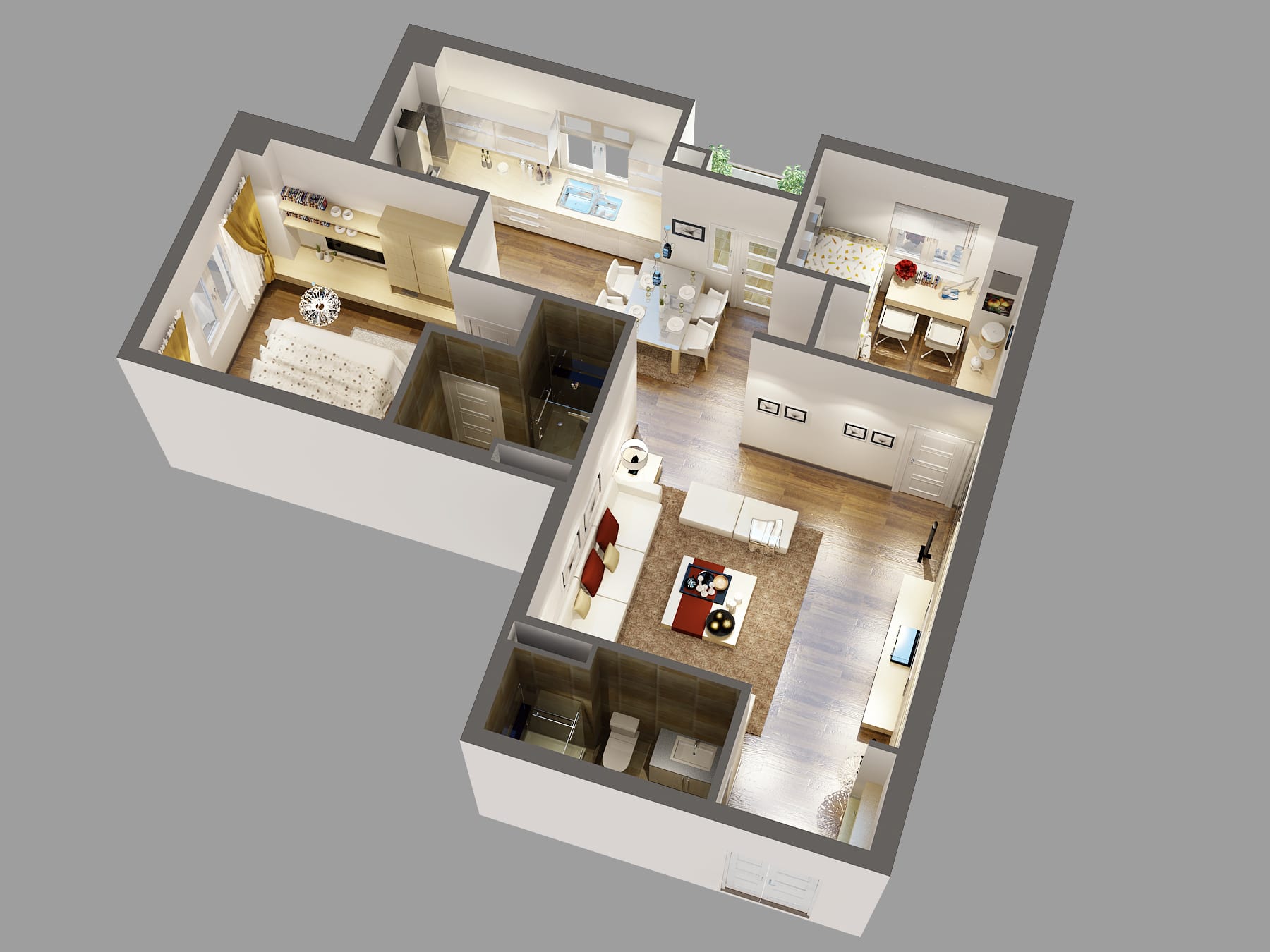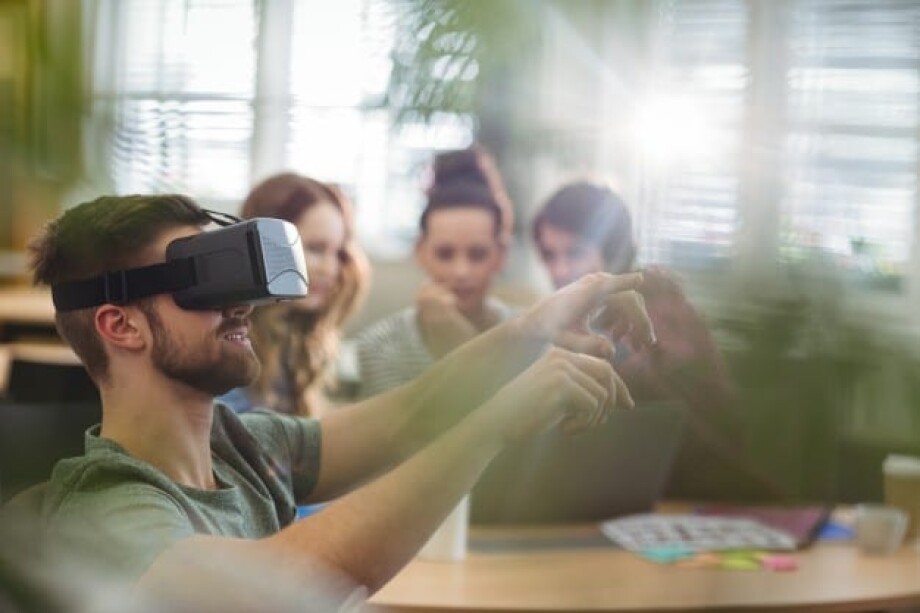We are living in the era of the Internet, super-fast smartphones and robot vacuums. Our students are spending half of their free time on social media. They know what “Stories” are (not the ones in books), how to google anything and which side of their face looks more advantageous in a selfie. Many of us have been using social networks for quite a while already, so today we would like to concentrate on how to benefit from other innovative technologies.
If photos and ordinary videos from YouTube and Instagram* do not prove useful and effective anymore, there is something new for you. VR or Virtual Reality is being used more and more in all spheres of our life.
What is VR?
Virtual reality is the term used to describe a three-dimensional, computer-generated environment which can be explored and interacted with by a person. Today virtual reality is usually implemented using computer technology. There are a range of systems that are used for this purpose, such as headsets, omnidirectional treadmills and special gloves. The experience takes place within a simulated environment. It incorporates mainly auditory and visual feedback, but may also allow other types of sensory feedback like haptic.
Paul Driver, an Educational Technologist at Anglia Ruskin University, has been researching VR and its advantages in education for at least three years so far. He has given a couple of talks about how teachers can use this cutting-edge technology in their lessons. You can find some of his ideas below.
How can you use VR in the lessons?
1) The easiest you can use right now is spherical video. It is the most basic thing from virtual reality. It is not pure VR but it has proved to be helpful for the ELT. It is made with special 360-degrees cameras that allow you to look around as though you are in the video. To make this even more realistic you can use special VR-glasses, which can be made of cardboard and really cheap or expensive ones with extra functions.
This kind of video is believed to give teachers an incredible number of benefits. You can use it as a tour around a place of interest when teaching about a particular place.
Try using Google Expeditions and YouTube app (which gives an opportunity to look around) on your mobile.
2) Another way of using 360 degrees video is to show a situation, in which they are fully immersed, and ask them to concentrate on the feelings people might have in a particular situation, which is also likely to develop empathy in students. This adds mindfulness and makes it easier for students what it means to be in other person’s shoes.
Help your students prepare for an exam — show how it is organised. Here is an idea from Cambridge Assessment English.
Your students can see how the exam goes so they will not feel frustrated or scared because they do not know what to expect. They will be more psychologically prepared for the atmosphere.
3) Use 3D models and show your students around while teaching them English as a part of Content and Language Integrated Learning.

Ask students to describe the place where they are in.
Engage them in practising prepositions, asking for directions or set the context for teaching them the functional language of checking in at the hotel.
4) Create a lesson plan and quest for your students (even if you have just a photo) using thinglink.com
Here you need to use a photo or a picture from the Internet (which is free) or to upload a 360-degree video (paid plan). On your picture or video, you can add tags containing extra material: pictures, quizzes, songs, grammar, practice. Try it out to make a Murder Mystery lesson as a part of teaching Past Tenses.
5) Imagine 360-degrees recorded lessons. You can walk around an observed lesson, concentrate on different aspects of it, listen to students for extra detailed feedback. You could rewatch a part of a lesson and immediately see a pop-up message with the trainer’s feedback. You can turn around and see something behind yourself and another hot spot. It makes it real to rewatch your own lesson and analyze it from the point of view of your instructions and body language, how your students see you. Isn’t it just great?
Anyway, it is just a small part of using VR. The real virtual reality is more complicated and expensive to create, yet gives even more opportunities to teach and study. Here you can interact with other users of VR: your character interacts with other people’s characters. You can be wherever you live, still, you are in the same virtual classroom with people all over the world.







 Вероника Аветисян
Вероника Аветисян 
 Маргарита Аветисян
Маргарита Аветисян 


